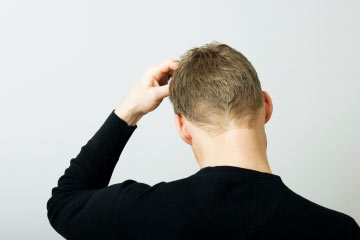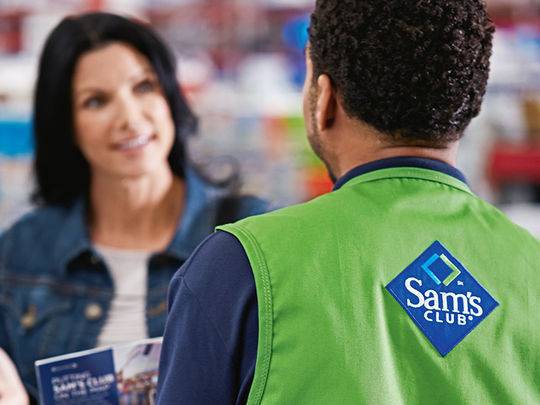 Here in Zone 5, it’s getting close to the time we have to start thinking about starting some of our vegetable plants indoors. This means that I once again get to face my old nemesis – the pepper plant!
Here in Zone 5, it’s getting close to the time we have to start thinking about starting some of our vegetable plants indoors. This means that I once again get to face my old nemesis – the pepper plant!
I don’t know if it’s just the climate I live in or if I’m doing something completely wrong, but I just can’t seem to grow peppers from seed. Getting the seeds to sprout is a chore in and of itself, but after they sprout and finally start growing, the fun isn’t over.
This year, though, I’ve decided that I’m finally going to conquer these little buggers. If I can’t grow peppers from seed this year, I’m done! (Yeah right…)
I’ve been doing a little research since last season, and I’ve found that I’m not the only person who finds it difficult to grow peppers from seed. It’s apparently not an easy task to accomplish, since pepper seeds can be a bit finicky.
Here are some tips I’ve found, either through research or personal experience, to help you grow peppers from seed.
Start Early
If you live in a cooler climate, which I do, you’ll need to start your pepper seeds indoors. The variety of peppers you’re trying to grow really determines when you should start. As a general rule, though, hot peppers usually take longer to germinate, so they should be started earlier. Hot peppers are usually started around 12 weeks before the first frost, while sweet peppers are usually started around 8 weeks before the first frost.
Germinate in Paper Towels
Skip the potting mix or peat pellets at first when you’re trying to grow peppers from seed. Instead, try getting them to germinate first in a damp paper towel or coffee filter. Keep the damp paper towel in a resealable plastic bag to keep it moist, and check it every couple of days.
Turn the Heat Up
Pepper seeds germinate best in temperatures between 75 and 85 degrees F. If it’s too cool, germination will be delayed or it won’t happen at all. Keep your damp paper towel and seeds in a warm spot, such as on top of your refrigerator, on top of the hot water tank, on a heating pad, or near a heater. Don’t expose them to too much heat, though, because this can be as bad as cold temperatures.
Don’t Drown Them
Once your pepper seeds start to sprout, you’ll want to transplant them into a small pot with adequate drainage. Pepper plants don’t like soggy soil, and you could do more harm than good if you overwater. Only water them when the soil is dry and your seedlings start to wilt just a little. I discovered that bottom watering worked best last year when I was trying to grow peppers from seed. This involves placing the containers into a tray filled with water and removing them when the soil becomes damp.
Give Them Lots of Light
When you try to grow peppers from seed, you’ll need to make sure that your little seedlings have lots of light. Pepper plants need a minimum of six hours of light each day, but more is better. If your days are still short, place them about three inches under a fluorescent light for several hours each day. This will give them the light that they need as well as a little heat. As the days get longer, you can move the to a draft-free sunny window, but you should still supplement with artificial light.
Keep Them Moving
Train a fan on your seedlings for a few hours a day. This can help prevent dampening off and make the stems of your seedlings thicker and stronger.




